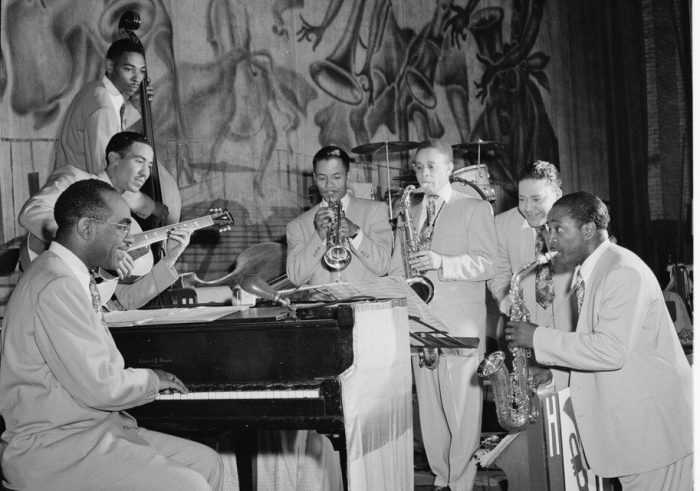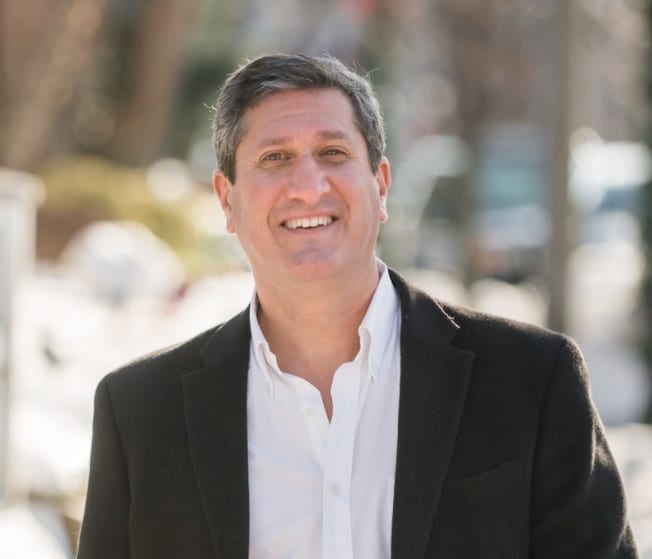Black History Month is celebrated throughout February, and for more than 50 years, has provided an outlet for people to remember and reflect upon African American history.
We see many examples of Black history right here on Long Island. Though not fully understood or preserved, the examples feature most prominently in the field of entertainment.
How many readers are aware of the Red Rooster club on Route 25 between Gordon Heights and Coram with its national Black celebrities and advertising a “complete floor show every night” through the late 1940s? How many can recount the contributions made by the Celebrity Club in Freeport in the 1950s and ‘60s, when R&B and soul reigned supreme?
Then there was East Setauket’s own Paula Jean’s club, where not only could one enjoy the top national and local blues artists at the turn of the new millennium but also the most authentic Cajun or Creole cuisine this side of New Orleans and south Louisiana.
Never heard of these clubs and their place in the Black hierarchy? That’s all the more reason why measures should be taken by the state, counties, towns and villages to recognize these sites with heritage plaques. These important and historic local institutions should be studied in local history classes from K-12, community colleges and universities.
In years to come, the investment of time and resources will be paid off in the form of enhanced Long Island artistic recognition, increased tourist traffic and greater cross-cultural understanding.
Today, the local club tradition is continued in honor of many top Black jazz legends at Tom Manuel’s The Jazz Loft in Stony Brook in live performances and at its museum which features pioneering stars such as Louis Jordan — arguably the inspiration for rock ‘n’ roll music — and balladeer Arthur Prysock.
The recently opened Long Island Music Hall of Fame is located on the site of the Dogwood Hollow Amphitheater behind Stony Brook Village Center. It was the place to be for international acts such as Duke Ellington and Louis Armstrong until 1970.
Like The Jazz Loft, LIMHOF is another institution preserving the music history of artists and entertainers of all colors and stripes. Both organizations should be supported and patronized by local residents and tourists alike. But more recognition through plaques and other landmarks should be offered by our municipalities, as is done with music trails in Mississippi and Louisiana.
Months celebrating specific cultures such as Black History Month, Hispanic Heritage Month, Asian Pacific Heritage Month and more, are all helpful for reminding us that our country is what it is today thanks to people of all walks of life. Recognizing our accomplishments shouldn’t be confined to just four weeks out of the year.
Let’s think of better ways to share the stories of people from all walks of life, those who accomplished greatly whether in music, politics, the armed forces or other fields. Let us remember and honor their legacy by putting those ideas into practice. Here on Long Island, there is diversity in history from which we can learn so much for our future benefit and enlightenment.





























































